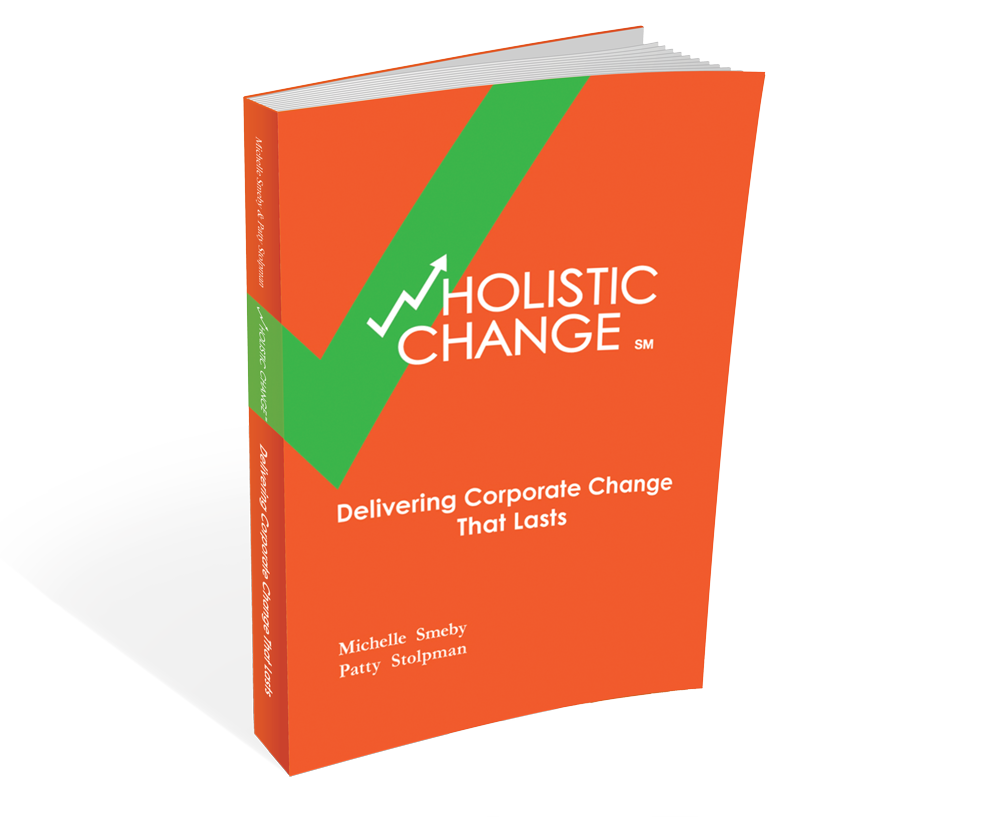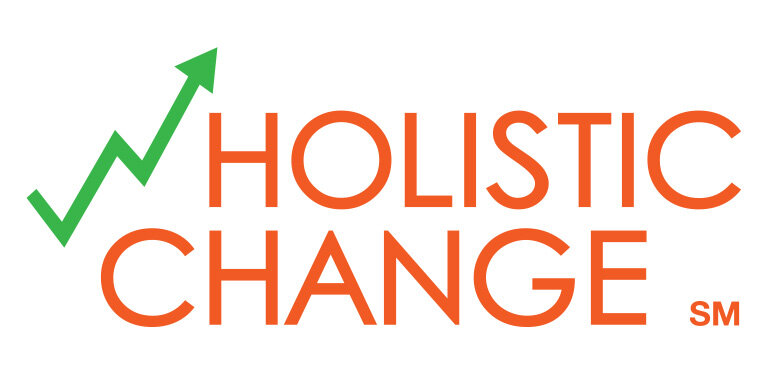In our daily work to help clients engage employees in the change that needs to happen, I am constantly reminded of Marshall Goldsmith's "What Got You Here Won't Get You There." In particular, Mr. Goldsmith's assertion that because a person is a great individual contributor, does not mean that the person will be a great boss (or executive). In the recent Forbes article "Why Top Talent Leaves," Erika Andersen distills the 10 reasons top performers leave down to 1:
Top talent leave an organization when they’re badly managed and the organization is confusing and uninspiring.About half of <Eric Jackson’s reasons top talent leaves corporations> are about poor people management – either systemically, as in poor performance feedback, or individually, as in, my boss sucks. And the other half are about organizational lameness: shifting priorities, no vision, close-mindedness.It really is that simple. Not easy, mind you, but remarkably simple. If you want to keep your best people:1) Create an organization where those who manage others are hired for their ability to manage well, supported to get even better at managing, and held accountable and rewarded for doing so.2) Then be clear about what you’re trying to accomplish as an organization – not only in terms of financial goals, but in a more three-dimensional way. What’s your purpose; what do you aspire to bring to the world? What kind of a culture do you want to create in order to do that? What will the organization look, feel and sound like if you’re embodying that mission and culture? How will you measure success? And then, once you’ve clarified your hoped-for future, consistently focus on keeping that vision top of mind and working together to achieve it.
The purpose of the wHolistic ChangeSM approach is to incorporate all of the attributes necessary to keep and nurture top talent:
- Make the case for change - why is change a good thing and how will it benefit everyone (internal and external)?
- Define success - what will the culture, people, processes, services, and technology look like? And how will it be measured?
- Gain sponsorship - who will champion the change?
- Create change agents who listen, foster feedback and lead the change
- Plan the change - understand the magnitude of change from current state to future state, and don't overload
- Create communities of practice to engage the talent in the change
- Communicate a clear vision for how the revised people, processes, services, and technology align to where the corporation is going
- Set people up for success with the tools they need in the new world: templates, job aids, continuous improvement, governance
- Train and develop your talent, including incenting and rewarding them for delivering on the change
- Report progress along the way.
As Ms. Andersen noted, this is not easy; however, it is incredibly rewarding when you see your organization transform into one that better serves your customers, leads your market, and retains your most valued talent!

